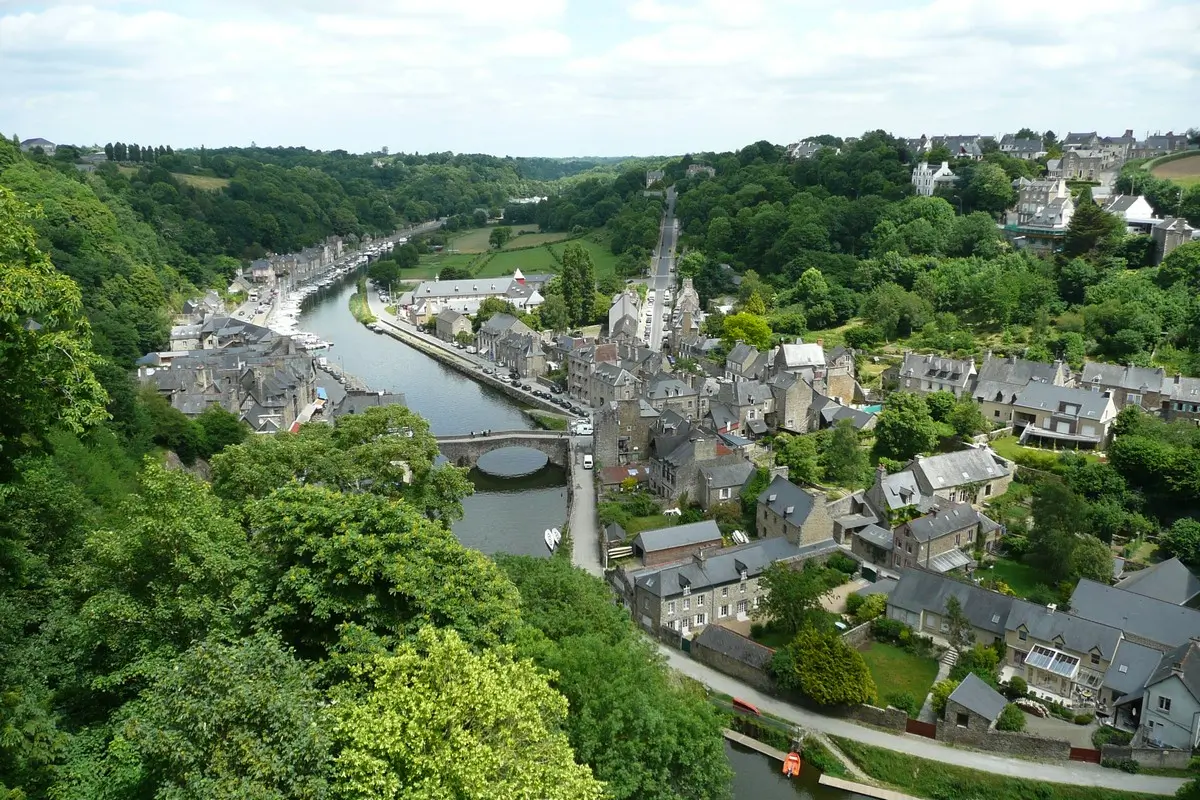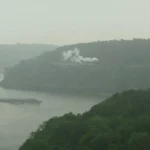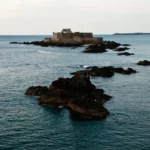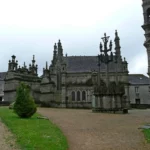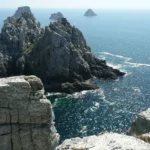Last Updated on 01/04/2023
This post is about Dinan sights and a little bit about Cote d’Armor. Dinan is really worth seeing: old houses, flowers, a scenic descent to the lower town, no crowds of tourists… Many details just ask for the camera.
More about Brittany:
Mont Saint Michel
1. Ille et Villaine
Pink granite coast (Cote de granit rose)
3. Côte de Goelo
4. Finistere. Crozon, Locronan
5. Finistere. Brest and Thegonnec
Dinan
The city owes its beauty to the trade in textiles, leather, timber and grain, which allowed it to flourish and wealthy merchants to build new mansions over the centuries, despite the wars. The goods were delivered along the Rance river. In Dinan Rance looks like a small river, but soon turns into a wide bay.
The station is not very far from the old town (two bus stops). You can take a bus to the city hall.
Dinan sights
From the city hall, a road along the fortress walls leads to the castle (14th century), which houses the city’s museum. There is also a tourist office nearby.
The city is surrounded by a fortress wall – the oldest and longest in Brittany (13-15 centuries). You can walk along it.
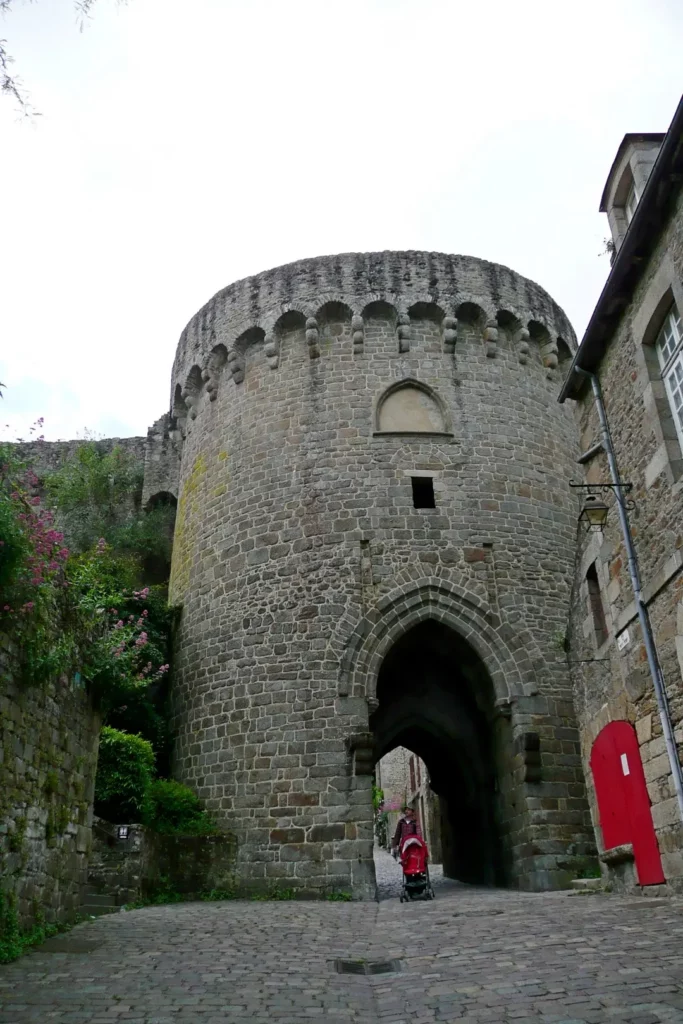
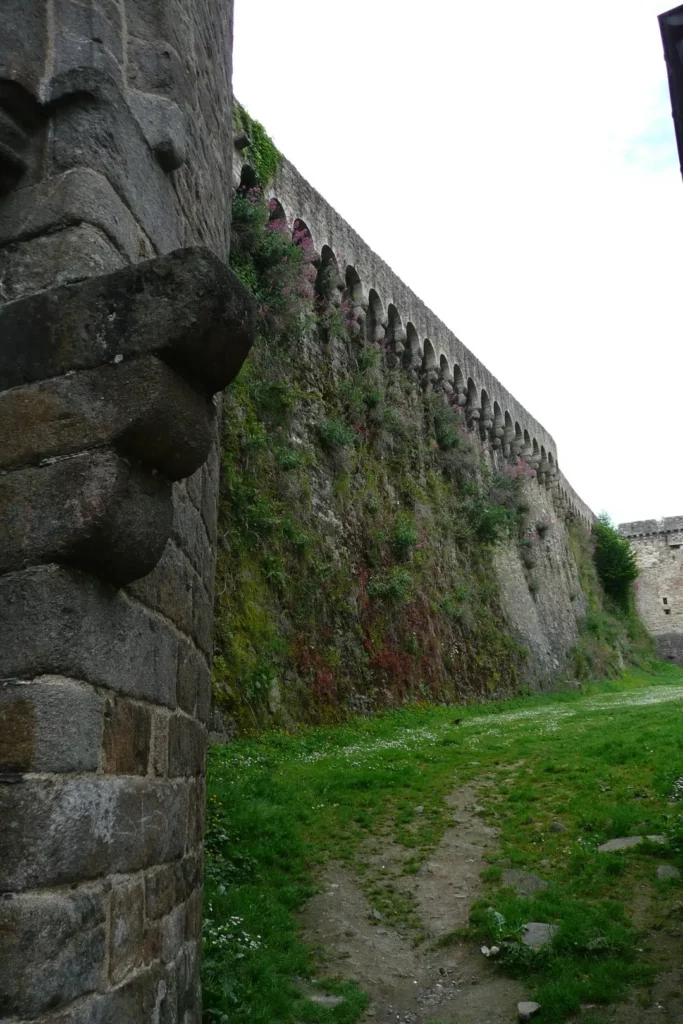
From the castle we go to the original clock tower (Tour de l’Horloge). It was presented to the city by Anna of Breton in 1507. You can climb the tower.

Some more steps along the same street, and we come out to the very beautiful square des Merciers. With all their appearance, half-timbered houses demonstrate their antiquity.
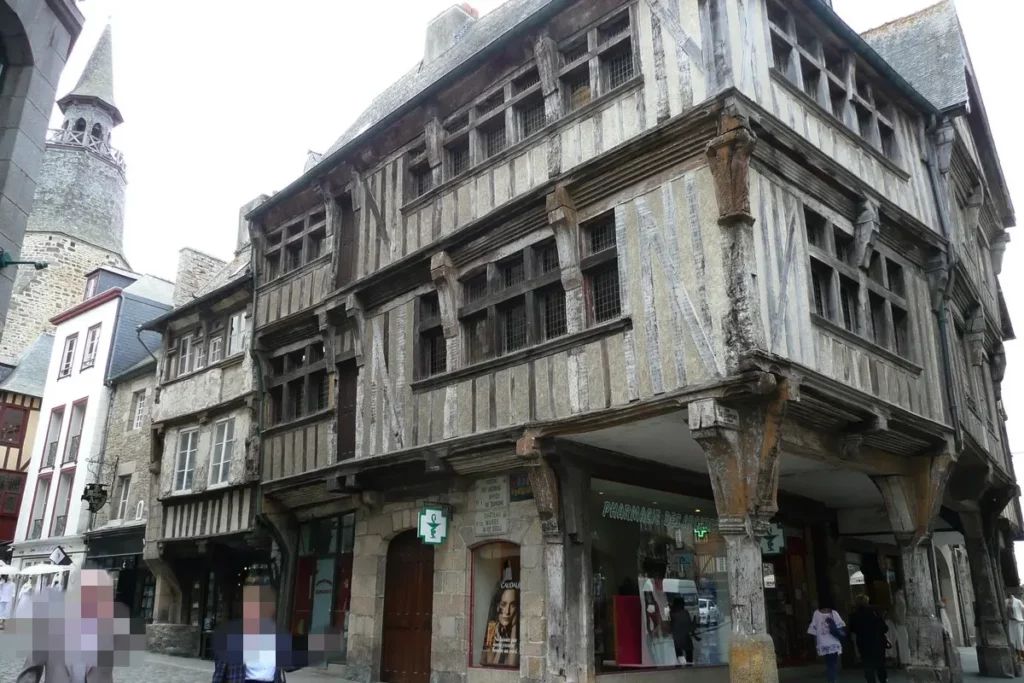
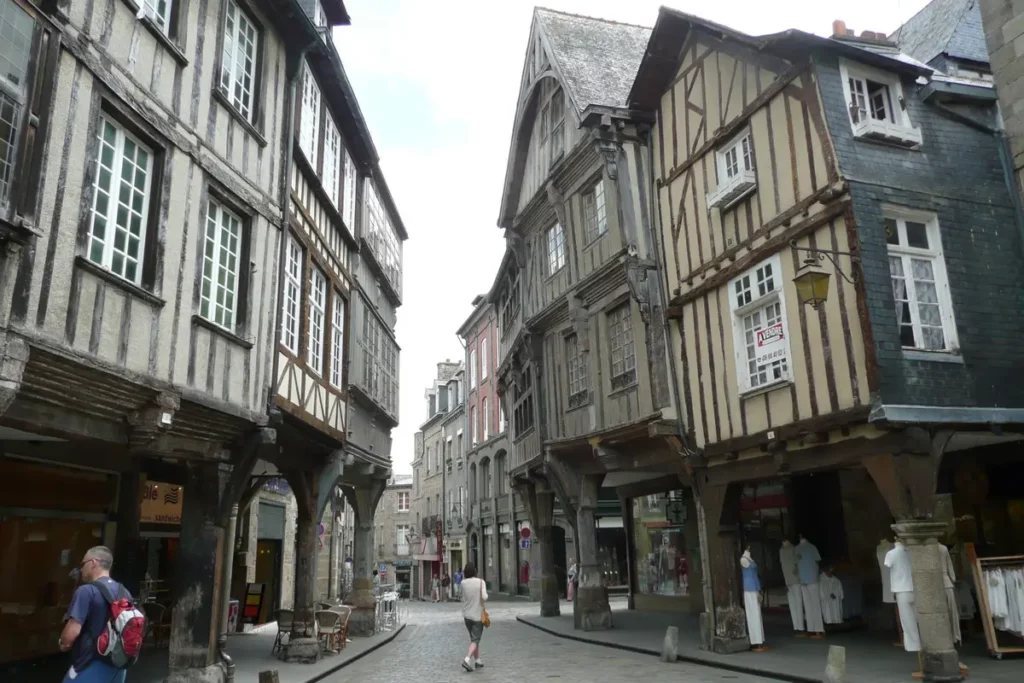
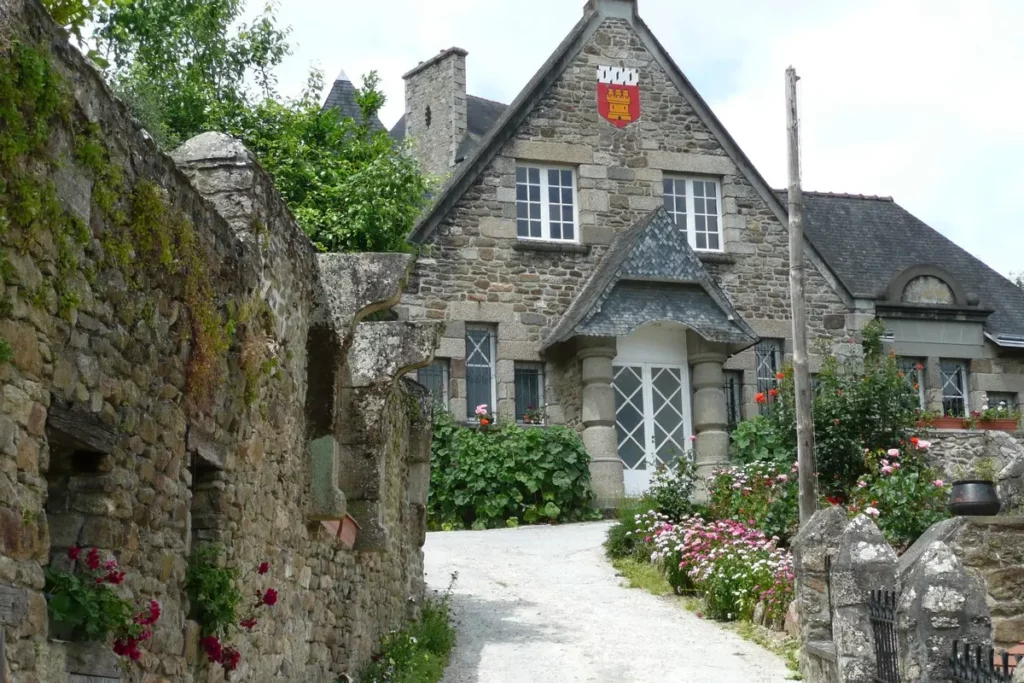
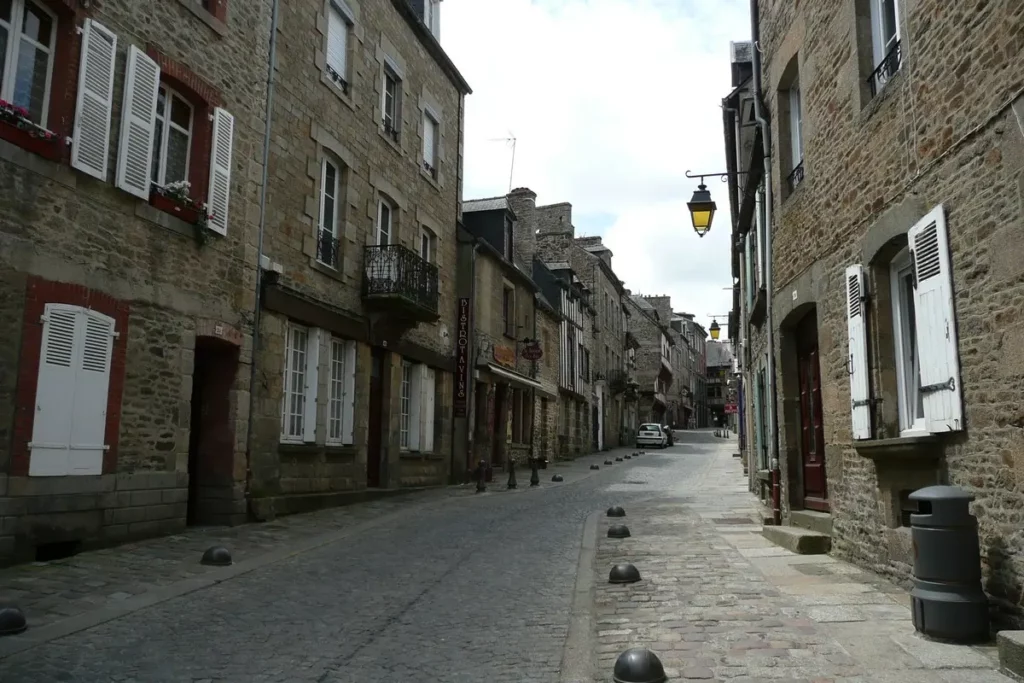
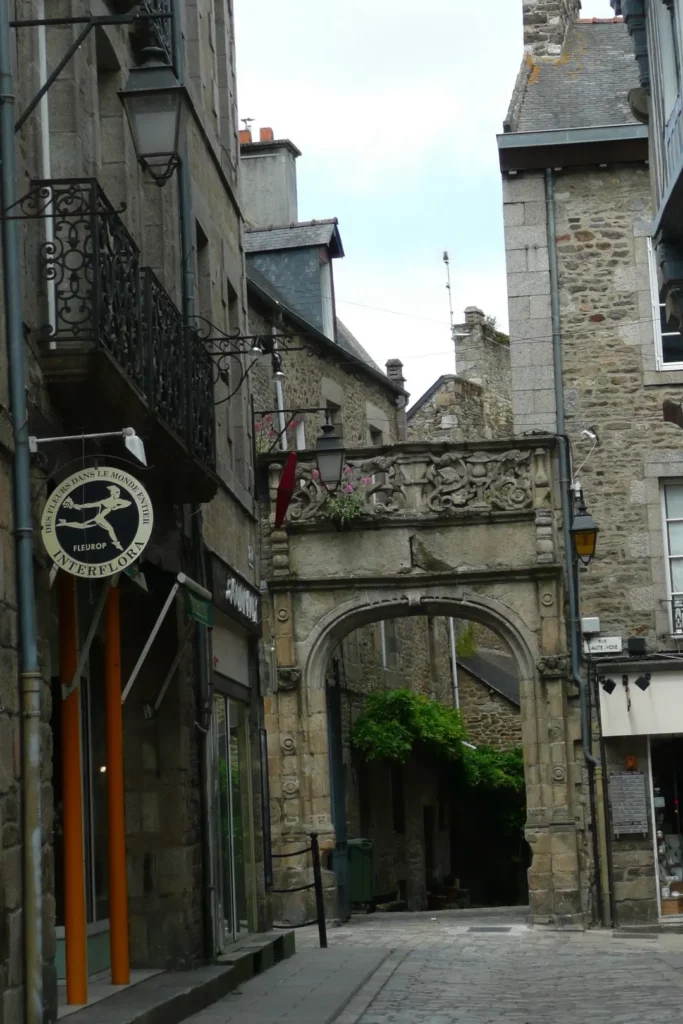
The next crossroad from the clock tower is the picturesque Jerzual street, one of the city’s landmarks. We go down along it to the port and the old bridge. Lower part of the city is the oldest, it was here that the first settlement was founded. The old bridge dates back to the 15th century. The new viaduct was built in the 19th century.

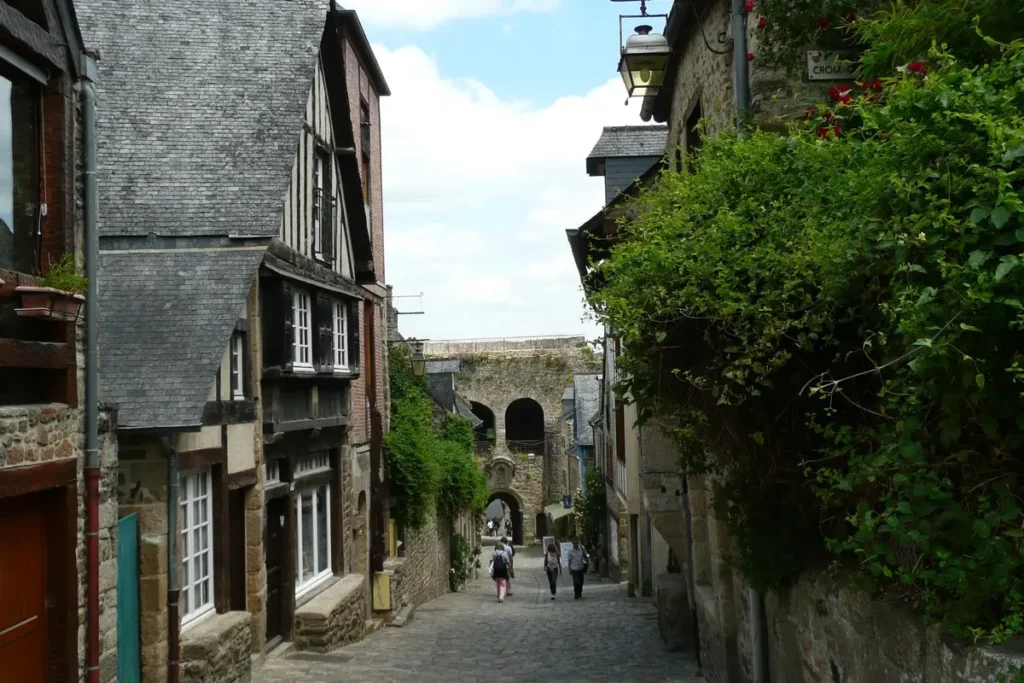
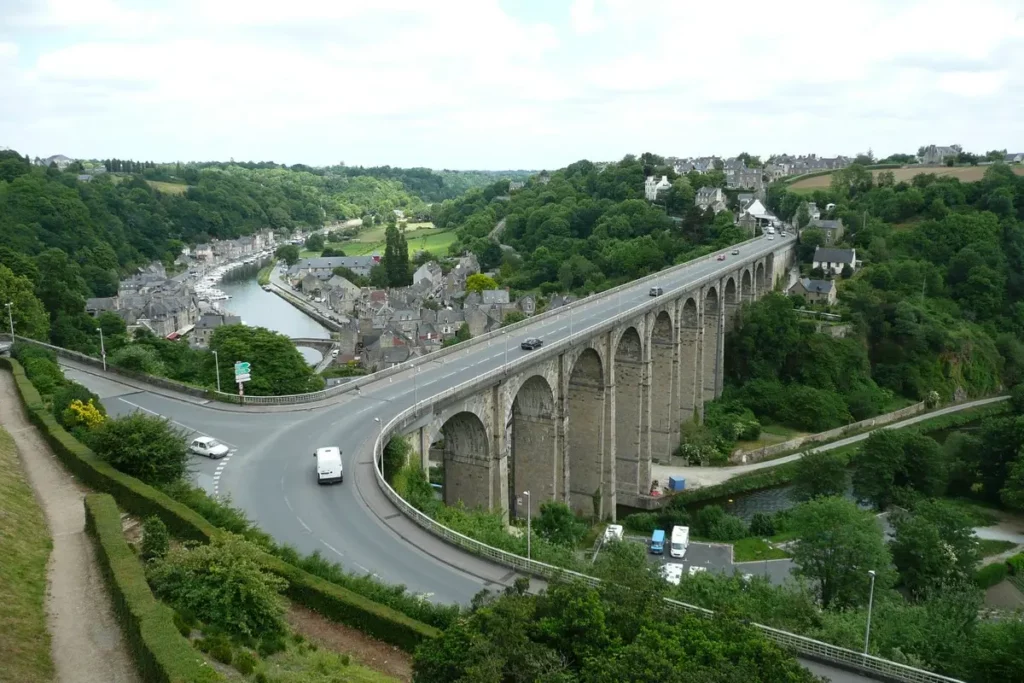
We climb back along the walls to the St Sauveur Cathedral. The original basilica (I especially liked the inside) was founded by a knight who returned from a crusade in the 12th century. His heart is kept in the cathedral.
The construction was completed in the 16th century. Therefore, outside you are greeted by monstrous Romanesque sculptures, and inside – Flemish Gothic.
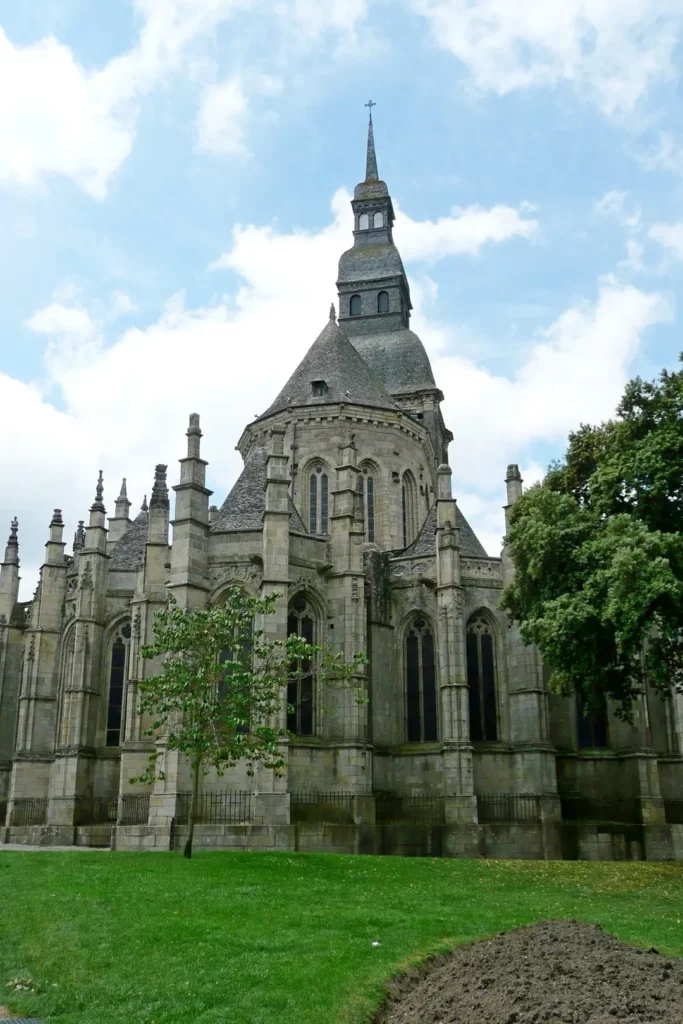
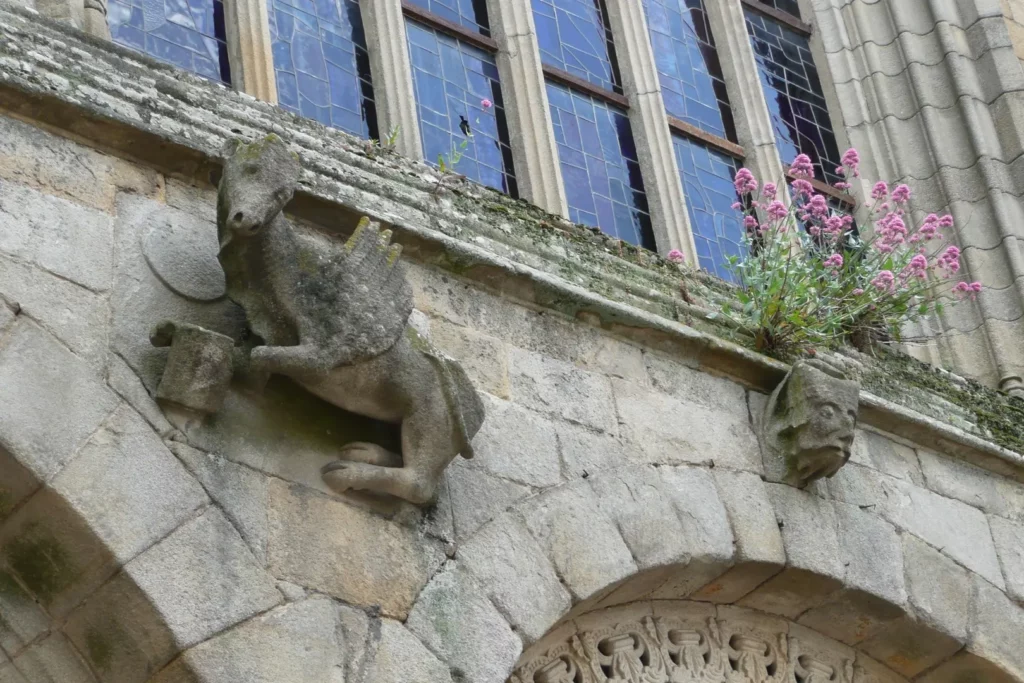
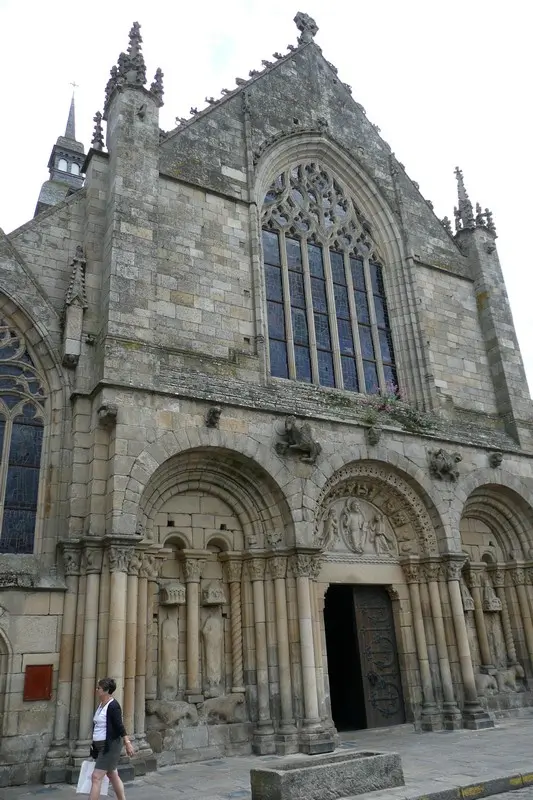
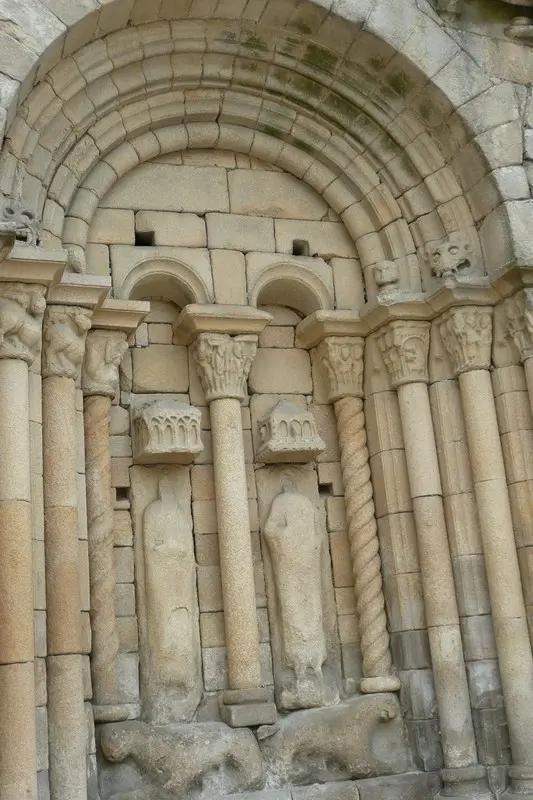
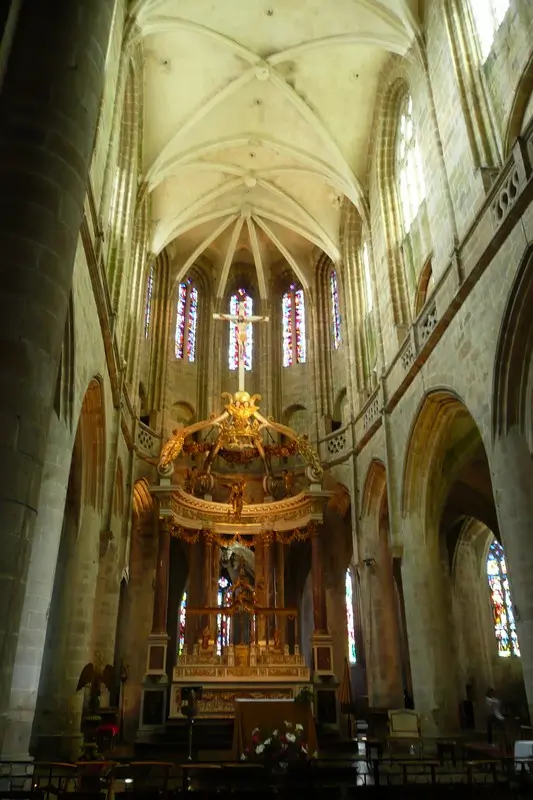
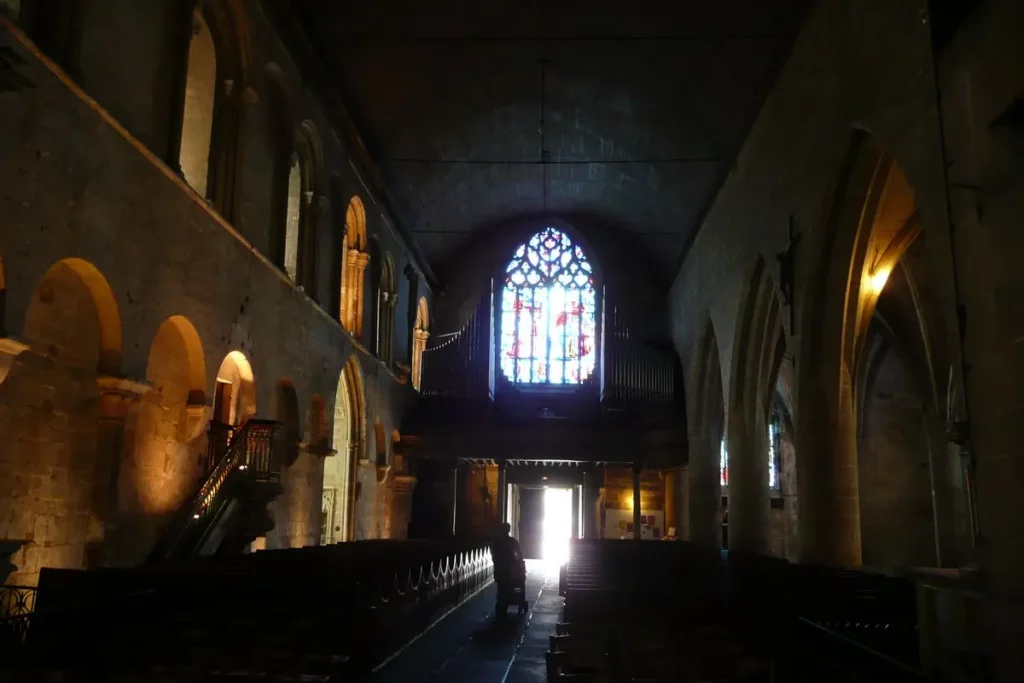
Allow at least 3 hours for a unhurried acquaintance with the city.
Cote d’Armor
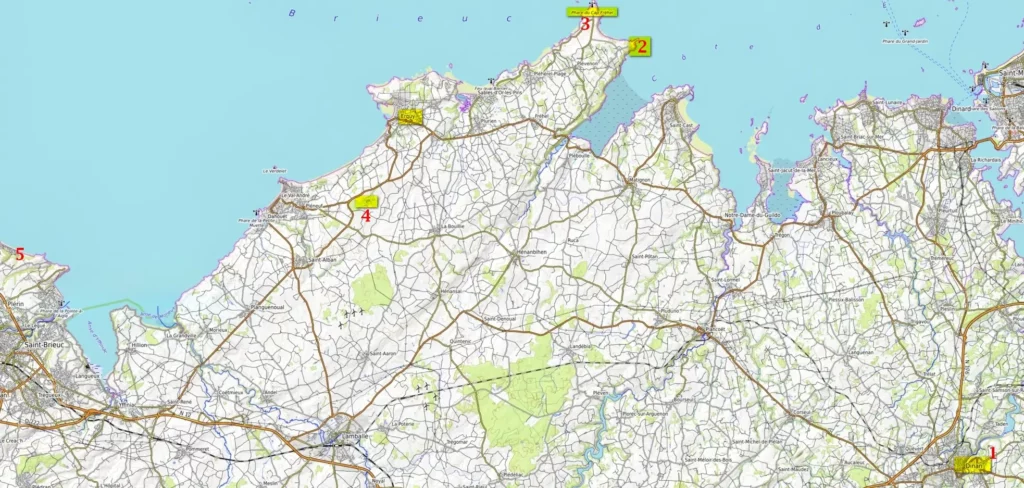
We had an accomodation in Saint-Brieuc – near the beach in Plerin. The beach Les Rosaries (number 5) is good, Saint-Brieuc is not interesting. It is also inconvenient: to all tourist destinations too far. It is better to find accommodation close to Pink Granite Coast or Saint Malo.
This is what the nature reserve near Saint Brieuc looks like.
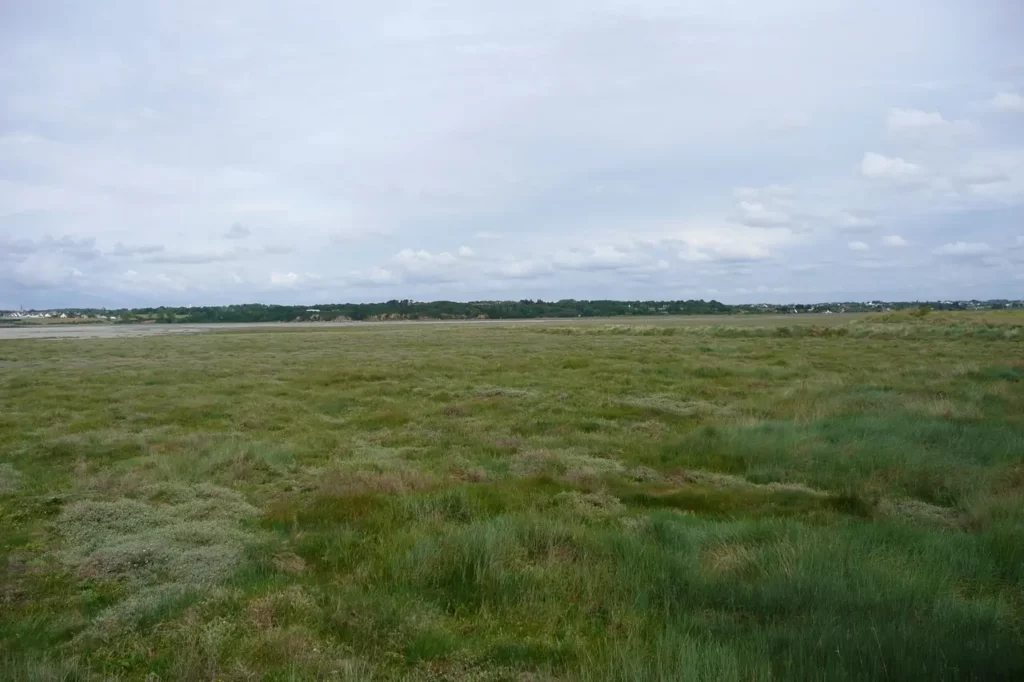
The most interesting place at Cote d’Armor is between Chateau Bienassis, Erquy and Forte la Latte.
3. Cap Frehel
How to get. You can get from Saint Brieuc by bus 2 to the Cap Frehel stop (the bus stops there unregullary) or to the town of Frehel (the cape is located 8 km from the city). From Lamballe via Erquy bus 3 or 4.
Unfortunately, we were at the Cap in the fog, so we didn’t get the full picture. It was possible to see desperate tourists wandering in the fog along a scenic path over the cliffs, pretty beaches and pine-covered slopes, especially in the vicinity of Erquy and Plevenon. The cape seemed a harsh and inhospitable place. Steep, as if cut off by a knife, ledges overgrown with grass, and only two lonely lighthouses (one built in the 17th century, the other in the middle of the 20th century). And a strong wind blows even in fog.
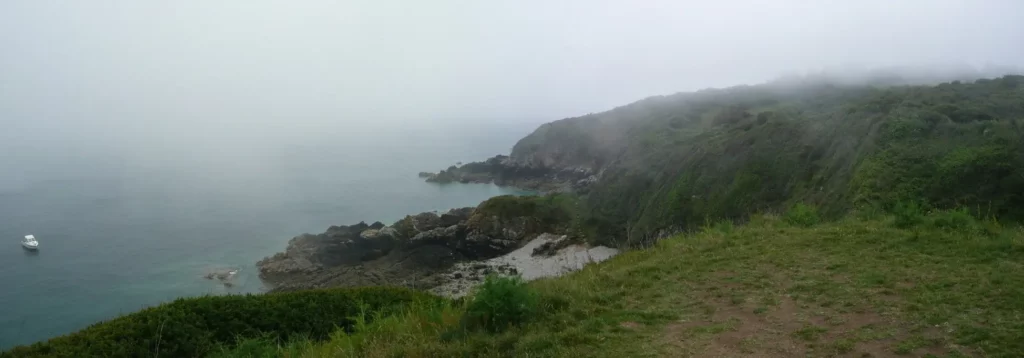
Follow me
2. Fort la Latte
Fort La Latte looked much more welcoming (maybe it’s just that the fog has cleared a little?). Legend has it that one of the oldest Breton family, the Goyon, built the Roche Goyon castle back in 937 to protect the coast from the Normans. But this is a legend. According to confirmed data, the fortress was built in the 14th century. The Goyon family gradually climbed up the social ladder, and the fortress was abandoned and destroyed.
At the end of the 17th century they again remembered about it – the fort was needed to protect Saint Malo. And with the consent of the owners, it was restored. Another period of oblivion followed in the 19th century. Finally, in 1925, the fort was recognized as a historical heritage, restored and opened to the public.
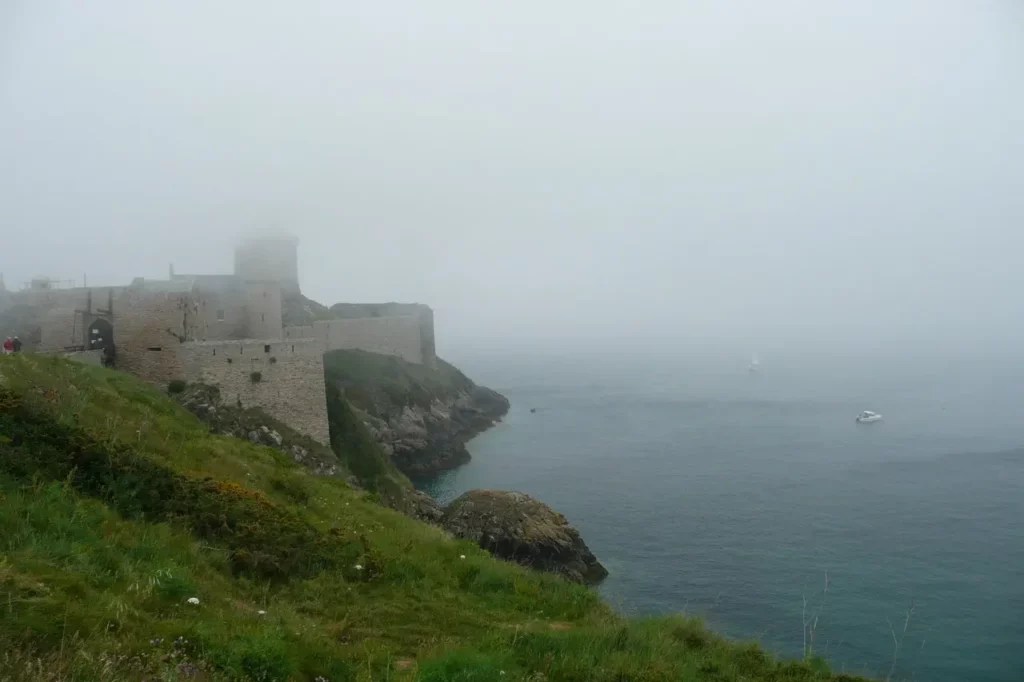
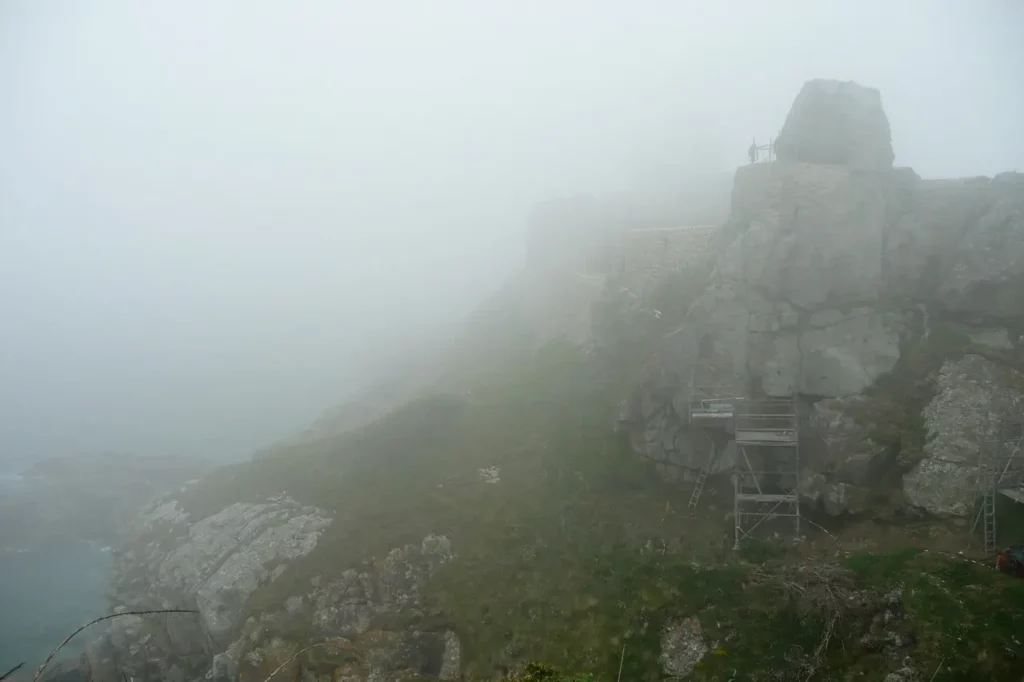
Chateau Bienassis
The same bus 2 stops shortly before Erquy at the Bienassis castle. Castle 15-17 centuries surrounded by a moat filled with water and a fortress wall.
The castle is privately owned and inhabited, therefore access to it is limited. You can freely explore the French-style park, vegetable garden and church. You can go to the castle with a guided tour. In July and August there is a chance to see the show (see the timetable on the castle website).
Other posts about Brittany – #Brittany.
Do you enjoy the site without cookies? This means that I work for you at my own expense.
Perhaps you would like to support my work here.
Or change your cookie settings here. I don’t use personalized ads

